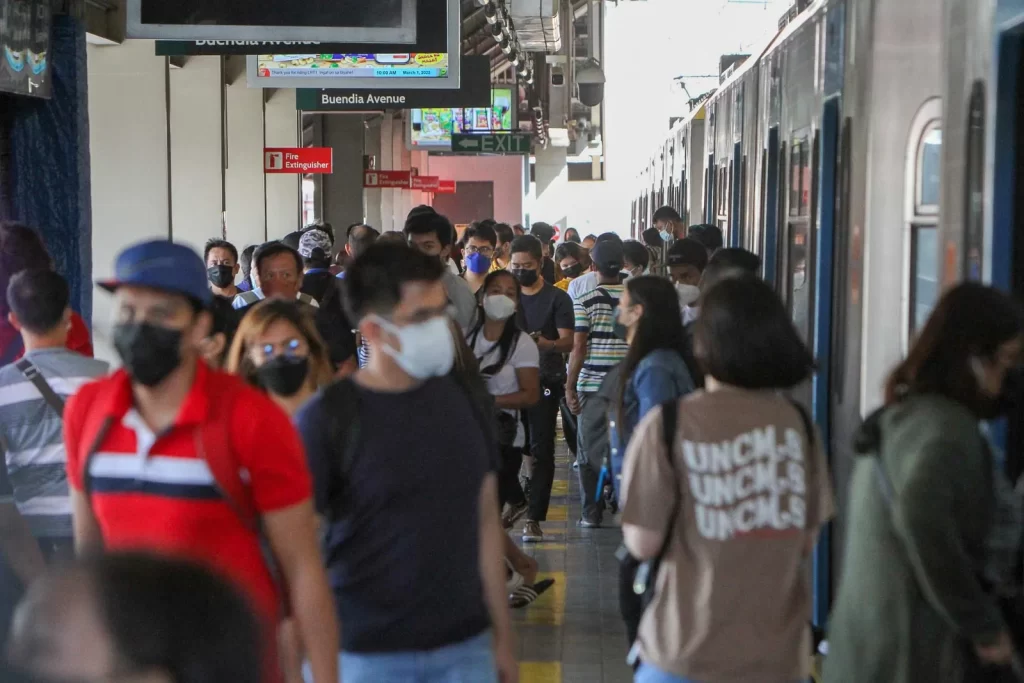
Concepcion: Booster Card Requirement Should Be Prioritized In High-Vax Areas
February 7, 2022
Teamwork, foresight and hard work made all the difference
February 10, 2022
Concepcion Urges Move To Alert Level 1 By March
With cases expected to drop to as low as 1,000 per day by mid- to late February, Presidential Adviser for Entrepreneurship and Go Negosyo founder Joey Concepcion is urging government to lower the country to Alert Level 1 by March.
“We need to de-escalate our countrymen from crisis mode to recovery mode,” said Concepcion. “This is important if Filipinos as to come out and help rebuild our country by engaging in economic activity like going to shops, dining out, traveling or going back to work,” he said.
Similarly, independent research group OCTA Research believes that an Alert Level 1 status presents an opportunity for the country to sustain the growth it realized in the fourth quarter of 2021. “Now is the time [to open up further], because the science is proving that cases are going down,” said OCTA Research head Prof. Ranjit Rye. OCTA Research fellow Dr. Guido David is projecting new infections to drop to 1,000 to 2,000 per day by the end of February.
It will be recalled that it was upon the advice of OCTA that the private sector proposed the two-week lockdown in August 2021. The lockdown succeeded in heading off a surge that would have affected crucial fourth quarter economic activity. Following a rise to more than 26,238 in cases in September, infections dropped to triple-digit numbers in December, enabling the country to record a better-than-expected 7.7 GDP growth in the fourth quarter of 2021.
Concepcion said under the lower alert level, all establishments should be allowed to operate but that there will be agreed-upon minimum health protocols that should be implemented. “Areas with a high vaccination rate, I think, can implement a no-alert level status,” he said.
“Moving to Alert Level 1 will already have a big effect on how we recover from hereon,” he said. He also believes that the move to Alert Level 1 will give the country an opportunity to see how well it will manage by relying only on maintaining prescribed public health safety protocols.
He maintained, however, that government should define not only the public health safety protocols to be put in place, but also the conditions under which alert level systems can be lifted and people can resume some normal activities.
“I think that as long as there are no variants of concern, and we have already achieved a high vaccination rate and hospital utilization rate is low, we can already start to consider lifting alert levels,” he said.
Concepcion and OCTA Research had earlier called for the use of hospitalization rates as a more accurate metric of how well the country is managing the pandemic. OCTA Research has observed that even with high infection rates, hospitalization remains unaffected.
OCTA’s David reported that as of February 7, the country’s hospital capacity utilization rate (HCUR) is at 33 percent. The experts see a 20% HCUR as an acceptable level on which to base a decision to lower alert levels.
In addition, Concepcion said the government must immediately define and set the timing for the administering of booster shots, saying that immunity will eventually wane and there are thousands of vaccines nearing their expiry date. “As we require vaccination cards for entry in high-risk areas, we will eventually require boosters as the greater percentage of the population receive their primary doses,” he said.
Concepcion similarly called for the opening of face-to-face classes by June, but only to fully vaccinated schoolchildren. Face-to-face classes are important for several reasons said Concepcion, foremost of which is to help further their development. “Parents also need to have a more predictable schedule so they can plan on returning to work or resuming their normal daily activities. For business, schools have a multiplier effect that simply cannot be matched by any other activity I know,” he said.

2/F RFM Corporate Center, Pioneer cor. Sheridan Sts. Mandaluyong City, Metro Manila, Philippines

